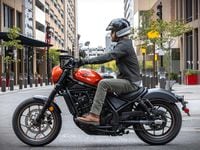Cell phones, CD players, GPS navigation systems, radar detectors: It seems not that long ago that you had to leave most of these gadgets at home when you went riding. Thankfully, those days are over; modern motorcycle communication systems now allow you to connect myriad devices for on-bike operation, as well as talk with passengers (via intercom) or with other riders (via two-way radio). We rounded up a dozen examples of high-tech systems-wired, wireless and even Bluetooth-from 12 manufacturers for a closer look at the state of the communicator market.
We've grouped the systems into three categories: helmet-mounted, removable and installed. Helmet-mounted systems are self-explanatory: The main unit mounts to the rider's helmet, along with speakers and a microphone (the headset). These systems are detachable from the helmet (though the headset remains in place with some examples). Removable systems utilize a main unit attached to the headset by wire and are carried in a pocket, tank bag or on a belt. Finally, the installed systems are hardwired to the motorcycle's power system, directly to the battery or tapped into existing power and ground wires, with headsets connected by wire to the main unit.
All the systems utilize helmet-mounted speakers and a microphone (except one), but the details are in the installation. Some speakers attach with Velcro and are easily removed, while others require more extensive installation, including the use of a few tools and disassembly of the inner helmet padding. Most of the microphones attach with a piece of Velcro, while others are mounted on a boom.
Many of the units share similar features as well. An intercom is part of every system in this guide. It allows the rider and passenger to speak with each other at all times.
Another common function is bike-to-bike communication between two or more riders via a two-way radio (FRS/GMRS or Citizens' Band) or Bluetooth connection. Some systems have this built in, while others allow the user to add a radio (usually FRS/GMRS).
The hot feature these days seems to be the use of a voice-operated cellular telephone with the system. This can be via a Bluetooth connection (built-in or by add-on transceiver) or a simple wire connection. [Although you can make and receive calls while riding, the manufacturers and the staff of Cruiser strongly advise against it. Talking on a cell phone while driving (and by extension, riding) "is similar to the hazard associated with driving with a blood-alcohol level at the legal limit," according to a 1997 study published in The New England Journal of Medicine.]
Portable music is also big news, thanks especially to tiny MP3 players that can hold hours of music for hands-free playback. These devices usually connect by wire to the main unit, although it's possible to connect with an optional Bluetooth transceiver to some Bluetooth systems. Some systems also allow for the connection of GPS voice-navigation systems and radar detectors.
As for chatting, all the intercoms are full-duplex, allowing for normal back-and-forth conversation. On the other hand, the bike-to-bike communicators are almost all of the "simplex" variety, where only one person can speak at a time. Most systems feature VOX (Voice Operated eXchange) so that the intercom is silent unless someone is speaking. Many systems also include a PTT (Push-To-Talk) button, usually for bike-to-bike communication, but sometimes for the intercom, too. This prevents the microphone from transmitting until someone presses the PTT button.
Other popular features include automatic noise suppression for the microphone; automatic volume, to increase and decrease speaker volume as ambient noise increases or decreases; and automatic suppression of music audio whenever a signal from an attached cell phone, GPS system or radar detector comes in.










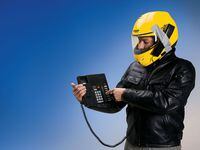
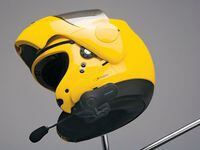
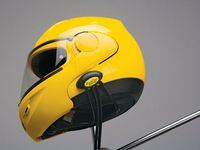
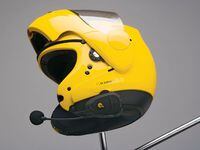
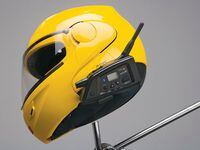
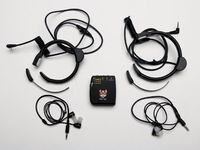
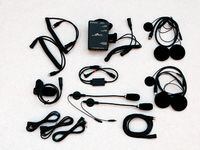
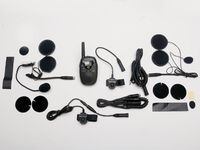
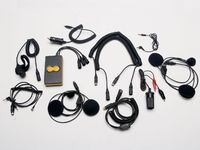
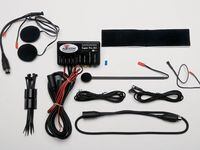
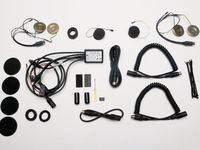
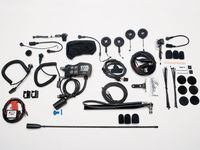
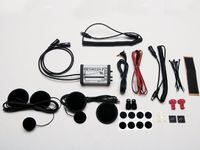
/cloudfront-us-east-1.images.arcpublishing.com/octane/OQVCJOABCFC5NBEF2KIGRCV3XA.jpg)
/cloudfront-us-east-1.images.arcpublishing.com/octane/F3O2DGLA4ZBDJGNVV6T2IUTWK4.jpg)
/cloudfront-us-east-1.images.arcpublishing.com/octane/ZXYQE3MHLFDSPKNGWL7ER5WJ4U.jpg)
/cloudfront-us-east-1.images.arcpublishing.com/octane/RDF24VM7WVCOBPIR3V3R4KS63U.jpg)
/cloudfront-us-east-1.images.arcpublishing.com/octane/W7RSIBFISNHJLIJESSWTEBTZRQ.jpg)
/cloudfront-us-east-1.images.arcpublishing.com/octane/AERA26ENRNBW3K324YWCPEXYKM.jpg)
/cloudfront-us-east-1.images.arcpublishing.com/octane/YWX3YX7QBBHFXFDMEEEKRG4XJE.jpg)
/cloudfront-us-east-1.images.arcpublishing.com/octane/I7OKI53SZNDOBD2QPXV5VW4AR4.jpg)
/cloudfront-us-east-1.images.arcpublishing.com/octane/IH52EK3ZYZEDRD3HI3QAYOQOQY.jpg)
/cloudfront-us-east-1.images.arcpublishing.com/octane/K2FSAN7OWNAXRJBY32DMVINA44.jpg)
/cloudfront-us-east-1.images.arcpublishing.com/octane/G4XK7JL24FCUTKLZWUFVXOSOGE.jpg)
/cloudfront-us-east-1.images.arcpublishing.com/octane/JJNXVAC27ZCDDCMTHTQZTHO55Y.jpg)
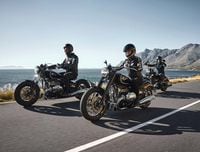
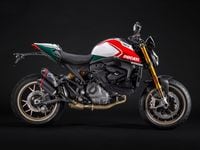
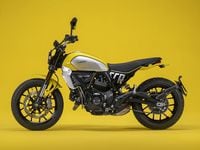

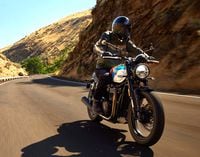
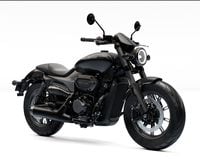

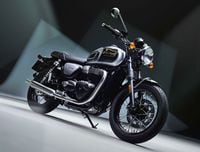

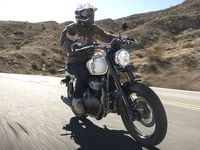
/cloudfront-us-east-1.images.arcpublishing.com/octane/3VSTLPKOHNFTRJTIAAXDPGCPA4.jpg)
